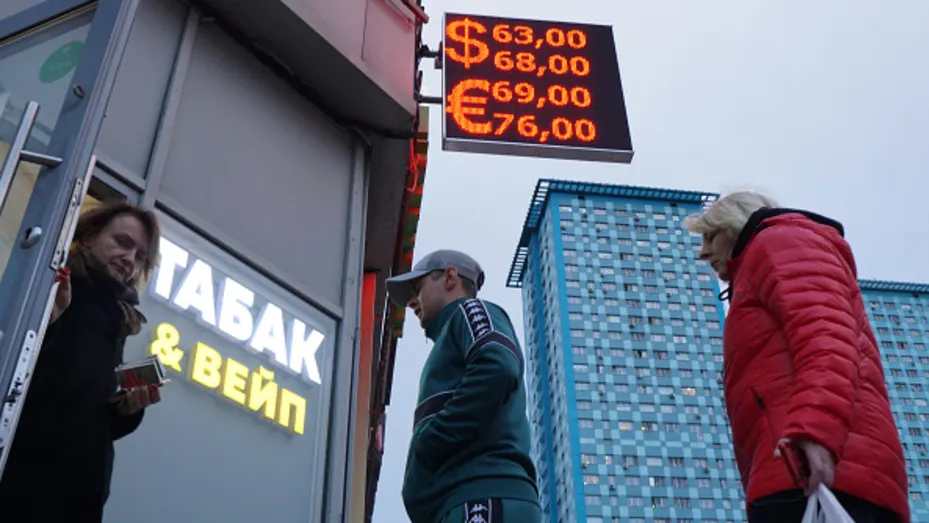May be not so well as seem on the surface
The ruble’s exchange rate “is really a Potemkin rate, because sending money from Russia abroad given the sanctions — both on Russian individuals and Russian banks — is incredibly difficult, not to mention Russia’s own capital controls,” Hess said.
In politics and economics, Potemkin refers to fake villages that were purportedly constructed to provide an illusion of prosperity to Russian empress Catherine the Great.The ruble: really a ‘Potemkin rate’?
Because Russia is now cut off from the SWIFT international banking system and blocked from trading internationally in dollars and euros, it’s been left to essentially trade with itself, Hess said. That means that while Russia’s built up a formidable volume of foreign reserves that bolster its currency at home, it can’t use those reserves to serve its import needs, thanks to sanctions.
The ruble’s exchange rate “is really a Potemkin rate, because sending money from Russia abroad given the sanctions — both on Russian individuals and Russian banks — is incredibly difficult, not to mention Russia’s own capital controls,” Hess said.
In politics and economics, Potemkin refers to fake villages that were purportedly constructed to provide an illusion of prosperity to Russian empress Catherine the Great.
“So yes, the ruble on paper is quite a bit stronger, but that’s the result of crashing imports, and what’s the point of building up forex reserves, but to go and buy things from abroad that you need for your economy? And Russia can’t do that.”
- Forums
- World Politics
- Russia Ukraine war





